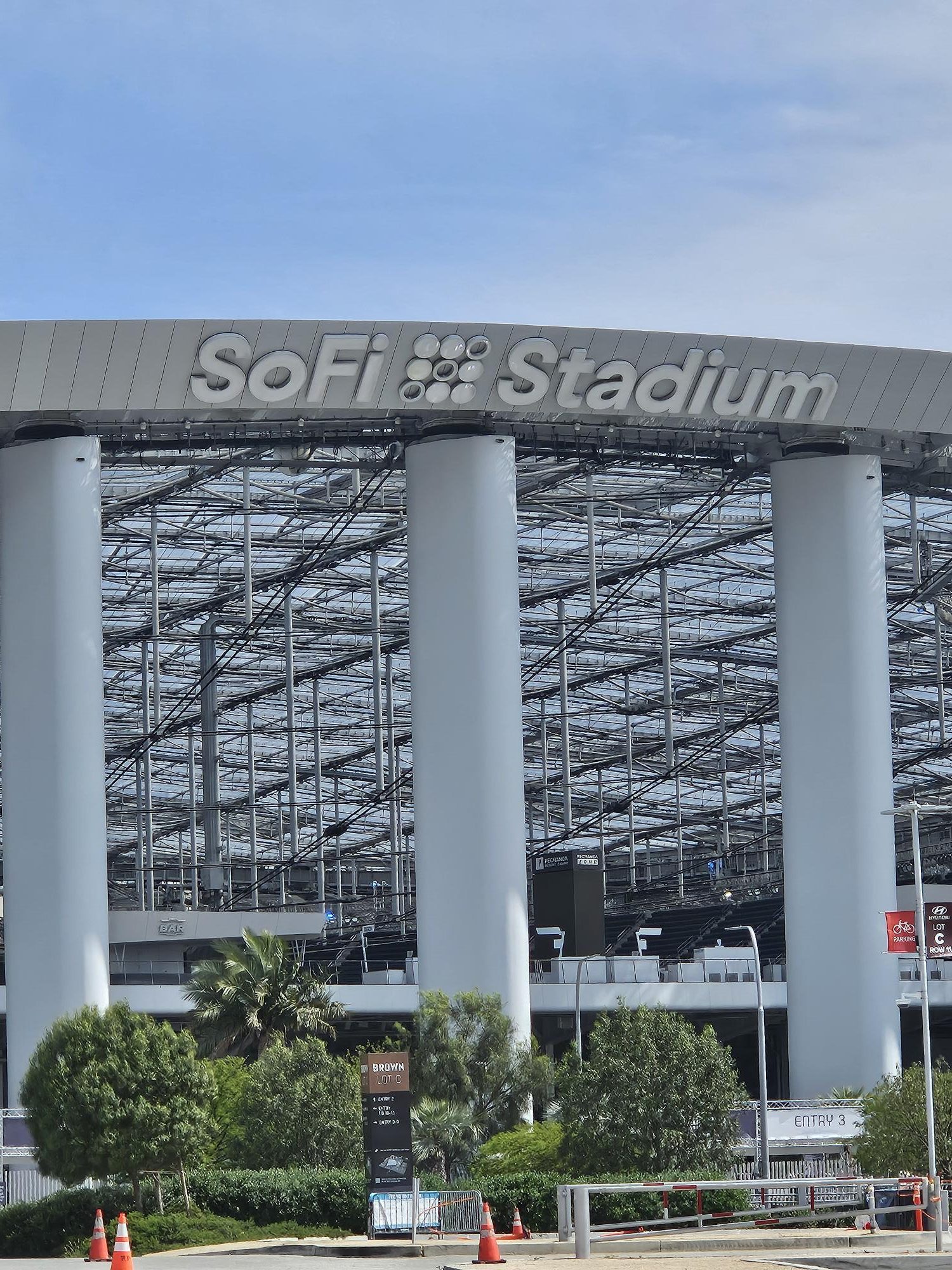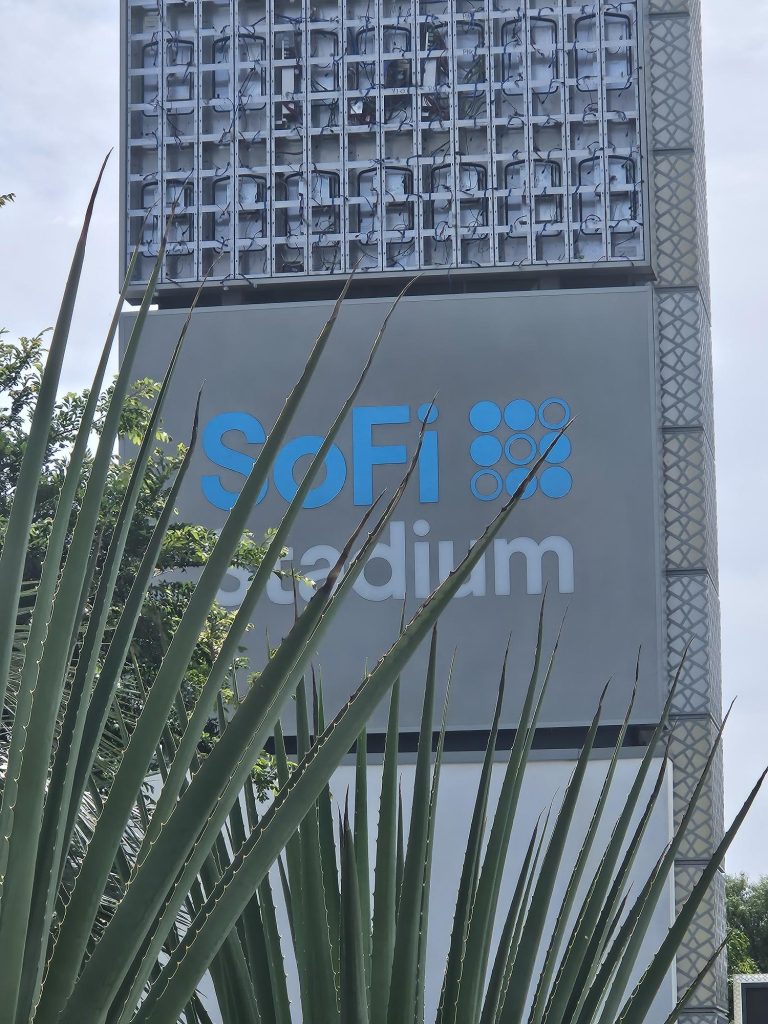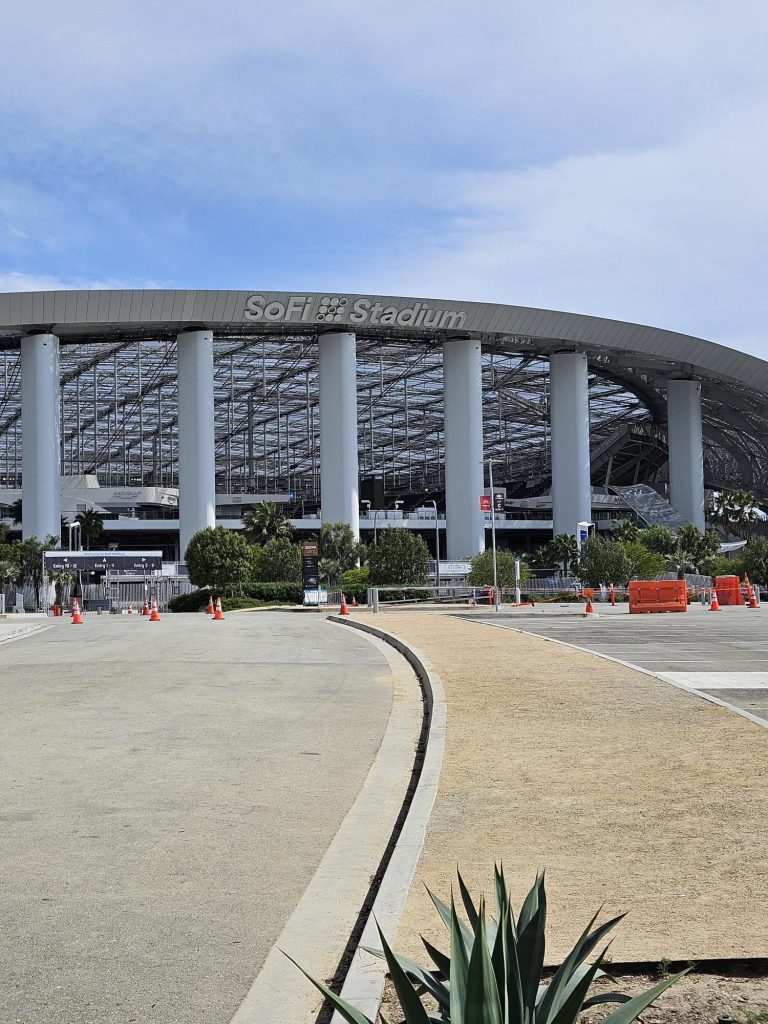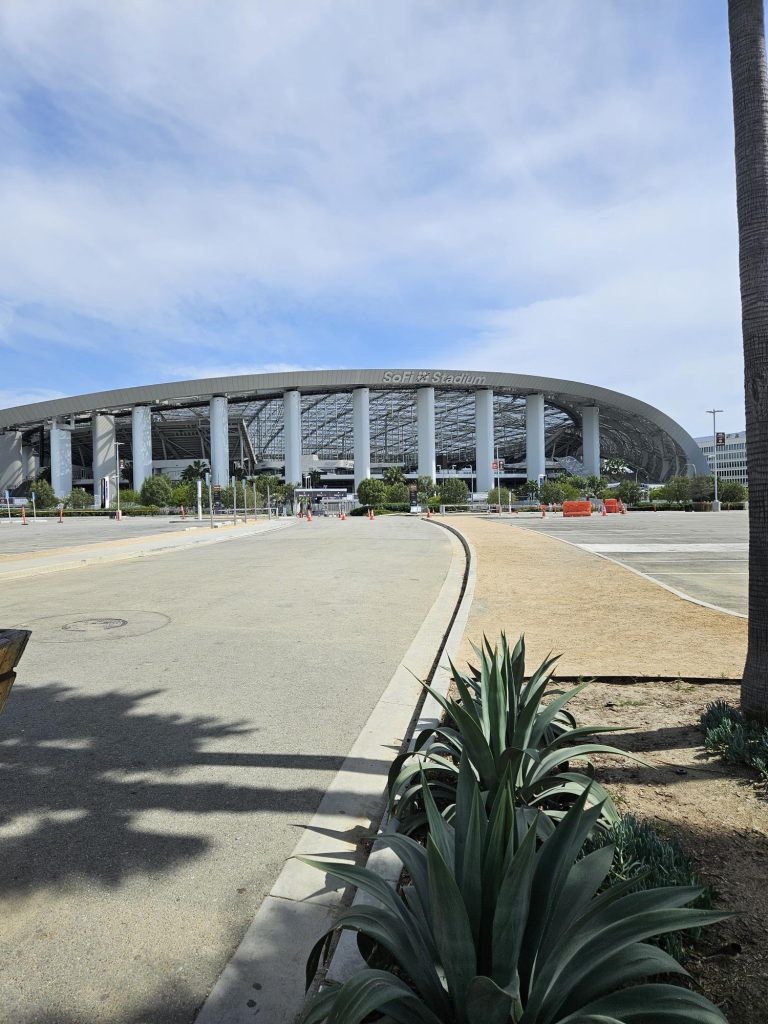Inglewood, California is hosting the FIFA World Cup in 2026!

SoFi Stadium in Inglewood, California to host the FIFA World cup in 2026!
This iconic event inspired me to write this post and include some historical trivia of the sport (“soccer “) as well as a bit of personal reflection which includes my own connection with the sport and with some of its historically world-famous players.
If you can imagine, before the 1970’s soccer was not a big deal in the United States and was even looked at as a secondary sport, being compared to football. Ironically, in Europe and around the globe soccer was viewed as the exact opposite. It’s also worth noting that around the world it was not called “soccer” rather it was called “football”. This can be a bit confusing, right?
By the early 1980’s, soccer started to pick up momentum and interest in the United States thanks in large part to the 1984 Olympics that were hosted in Los Angeles, CA. (On a side note, I find it equally interesting that the Olympics are going to be hosted again in Los Angeles in 2028. Needless to say, that is food for another future post.) For this particular post, I am only focusing on the men’s soccer history, since that is where my own personal connection was and I’m not looking to write a book or even a chapter here.
As some of my regular readers know, I was born in Communist Hungary prior to legally immigrating to the United States (thanks to my late father) and calling the U.S. my home. Interestingly enough, Hungary became the talk of ‘world soccer’, since they managed to defeat England in the early 1950’s. England was considered by all as the king of the sport of soccer until then, so it was no small win for Hungary. In the early 1950’s, the Hungarian National Soccer Team had been affectionately nicknamed “The Golden Team”. Not only did they beat England, but in the 1952 Olympics, they won the Gold Medal.
Hence in 1954, everyone in Hungary was listening to the radio broadcast of the World Cup, but were sadly disappointed when Hungry lost to West Germany 3-2. Rather than celebrating Hungary’s win of the Silver medal, the loss was followed by a huge public protest in Budapest, Hungary. The public had a hard time coming to terms with this defeat. Some thought it was a “fix”. Keep in mind that rioting (or even protesting) in Communist Hungary was totally unheard of. Can you imagine shop windows being smashed in Budapest in 1954? It took three days for the authorities to calm down and quelch the riots of the angry football fans. There was no celebration for winning the Silver medal, rather it only angered the fans. Nevertheless, after the 1956 Hungarian Revolution the team members who remained in Hungary were well respected and treated kindly by the politicians as well as their loyal fans.
Nandor Hidegkuti, Sandor Kocsis and Ferenc Puskas are three names that were part of the Golden Team. Hidegkuti was the real star of the game, although the other two received more accolades and credit, only because they immigrated to the West and received more international publicity. Just to be clear Hidegkuti coached and managed a number of teams in Hungary as well as later on in the Globe after many years. He was instrumental in winning the Hungarian League Championship with his team from Gyoer in 1963. Needless to say, I was thrilled that my father had the connections and the opportunity to bring me along to meet Hidegkuti and his victorious team.
Here I am, decades late, and I find it equally exciting that the FIFA World Cup game will be held here in Inglewood, CA virtually right in my own back yard.



